Raigad fort, situated 250 odd kilometers south of Mumbai, is a hill fortress that rises approximately 2800 feet ASL. Located in the Sahyadri mountain ranges once a magnificent architectural wonder, today is in shambles for most of the part. But that does not deter history enthusiasts, nature lovers and trekkers to visit this fort in numbers all through out the year. Originally called Rairi, the fort was captured by Shivaji - the greatest Maratha king, in 1656 and renamed to Raigad, and became the capital of Maratha empire.
Built almost a thousand years ago, and then later renovated and expanded during Shivaji’s rule, the fort is nothing if not for its history, the legends and folklore. A huge complex housing the Queens’ quarters, administrative office, the King’s quarters and the King’s Court along with various points of strategic military importance the fort is a huge study in architecture itself. As much interesting as the architecture is the legends that go deep.
The tourist guides, most of whom are simple village folk from the tiny hamlets on the fort or the ones that lie at its base, help you relieve the days of glory with their narration of numerous stories that have been passed down the generations to them. Each story which extols the great King’s virtues of bravado, nobility, wit or humility. Their voices speak of the pride they feel of the king and at the same time lament the passing of the old days that they could not live in.
Their stories mostly begin with lavish description of the Shivaji’s coronation in the year 1674 which was presided over by a high preist named Ganga Bhatta who was master of all the Vedas. Of how the fort was decorated. Of how grand the coronation hall was. Of how the holy water from seven sacred rivers across country was held over the head of Shivaji while a team of priest’s chanted various mantras. Their stories tell that close to 50000 people were present at the fort for the ceremony and that included a team of foreign dignitaries, ambassadors, and travelers. And Shivaji took great care of all the them at the same time making sure that none of the visitors from distant lands could make out the layout of the fort or the surroundings which was essential for its own safe guarding and security lest some of them are spies or the information falls into enemy hands. A truth they say that is supported by the fact that none of the documents or recordings of the time have been able to give location of the fort nor its layout.
The narration then moves to the King’s Court which enshrines a replica of the throne. The court is acoustically designed so that the King’s voice reverberates through the huge hall without having to shout. If the king leaned to his left and spoke only the people on the left could hear while if he leaned right, then people of left could not hear a word of what was spoken. Incredible, if true.
A few minutes away from the court lies the market place where shops are placed at a hieght of 3-4 feet from ground. This was to enable people riding a horse to be able to buy the produce without having to get off their steeds.
Further down the road to the leads to Jagadishwar Temple. An example of military camouflage the temple is built like a mosque so as to ward off Mughal invaders. Also the entrance to the temple is very small forcing one to bend or bow himself while entering. Serving a dual purpose, that the invader who enters will have bowed before the Hindu gods and the soldiers hiding inside the dark interiors can behead him as soon as he enters.
Straight opposite the Jagadishwar Mandir is Samadhi or tombstone of Shivaji. Along with a statue of a dog. Legends say that it is of Shivaji’s pet dog called Waghya who jumped into the funeral pyre when Shivaji was cremated. While some say it is the dog of the patrons who donated to build the Samadhi. What the truth is, is not known but legends of all kind live on.
A story tells the story of his military acumen. His troops were targeting an enemy position with their cannons but were unsuccessful in hitting the target after a number of tries. Shivaji suggested placing underneath the tip of canon a small coin and then firing. The cannon ball found its target in the very next shot that fired.
While another exemplifies his thinking on the feet. Shivaji had gone to Takmak Tok a cliff on the northwestern end of the fort which served as the execution point where people were executed by pushing them off the cliff. It so happened that a guard who was holding the umbrella for the king was lifted in the air by a strong gust of wind. The king advised him to not let go of his umbrella and he obeyed the king and landed at a village a few miles away. The originally called Nizampur since the incident was renamed a Chattri (Umbrella Nizampur) The village still exists today.
And also exists Hirkani Vadi, another village that lies at the base of the fort where descendants of Hirkani still live. Hirkani was a milk selling women who’d make daily trips to the fort top for her sales. It once so happened that she stayed a bit longer and the gates to the fort were close for the day and gaurds refused to open up the gates to let her go. She could not bear to stay on the fort for the night away from her little kid and hence stealthily made her way down the mountain bare footed from a steep rock face of the mountain which even the soldiers never dared to climb down. The story reached kings ears and he immediately honored her as a mark of respect to unwavering love of a mother towards her child.
The fort is huge and there is no dearth of folklore about the king, his men or his fortress. The village folk, though simple and innocent are proud about their ancestry and they keep it alive by way of such stories. Stories that give you a glimpse of life more than 300 years ago when this place was at the peak of its glory. The glory that they offer you a chance to relive by the way of these anecdotes. A must visit, if not for the history of this mighty castles, then for the legends that it is made up of .
You might also want to read:

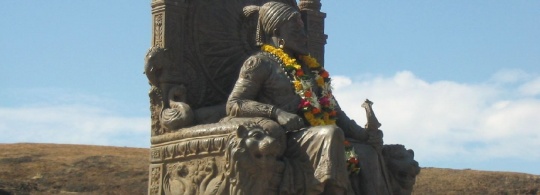
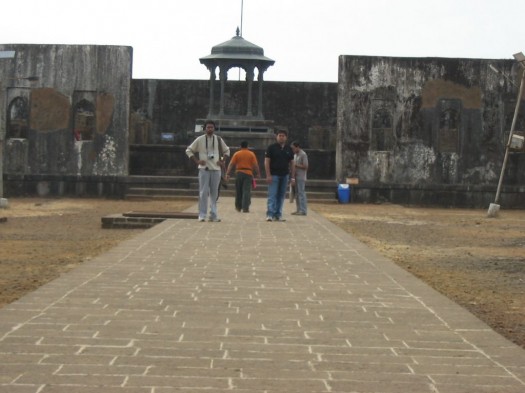
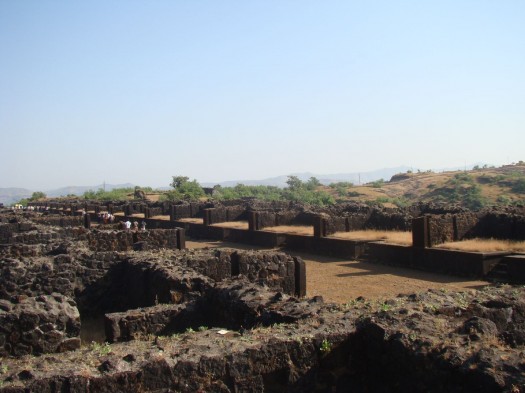
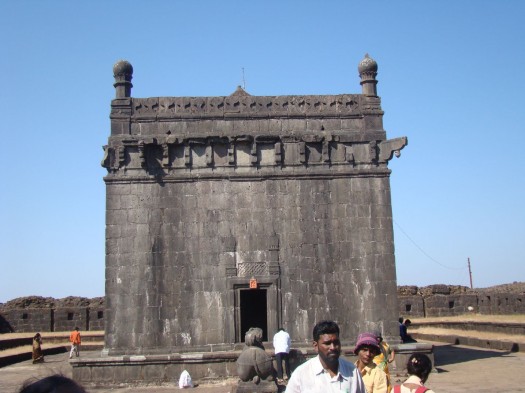
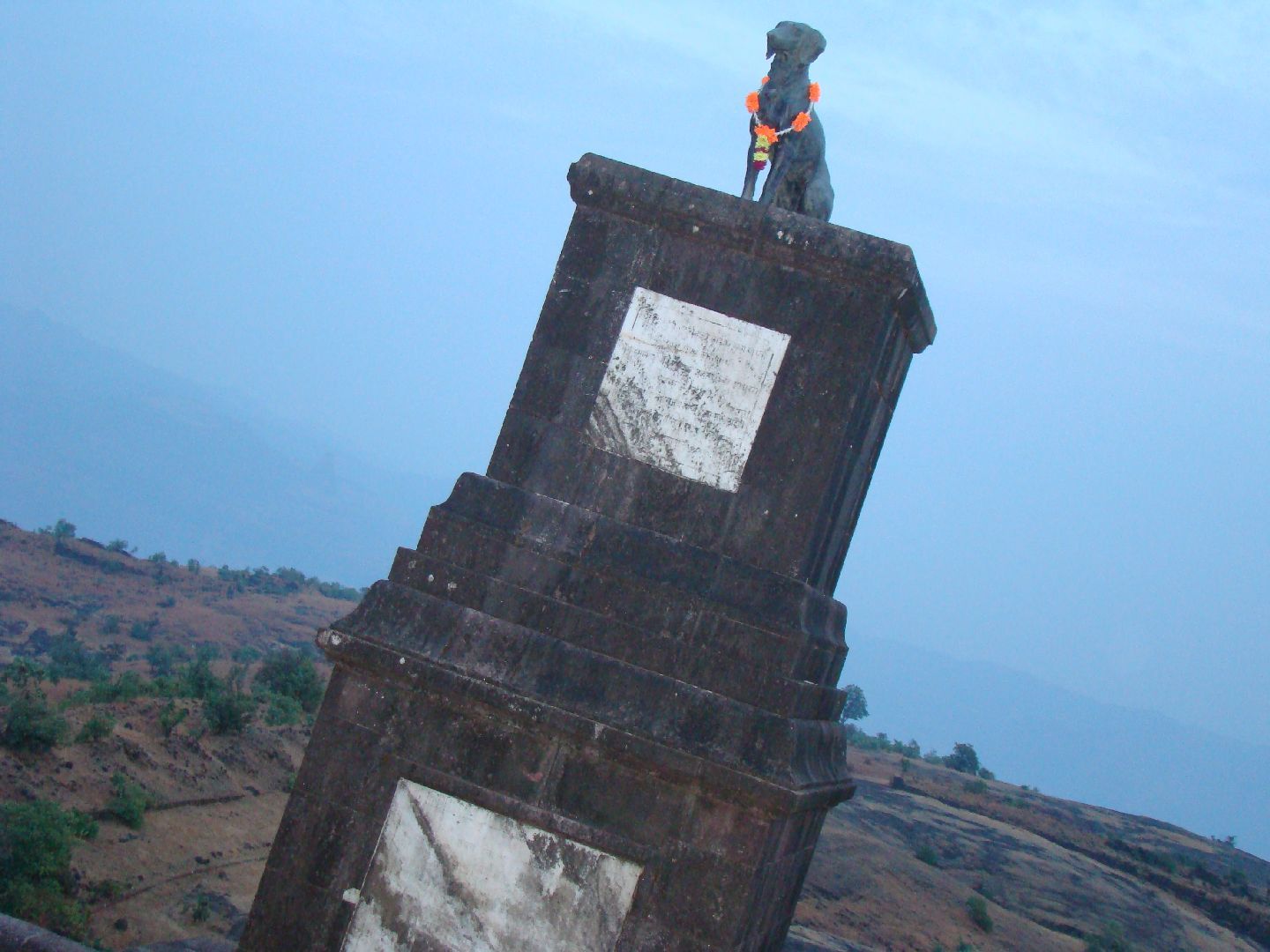
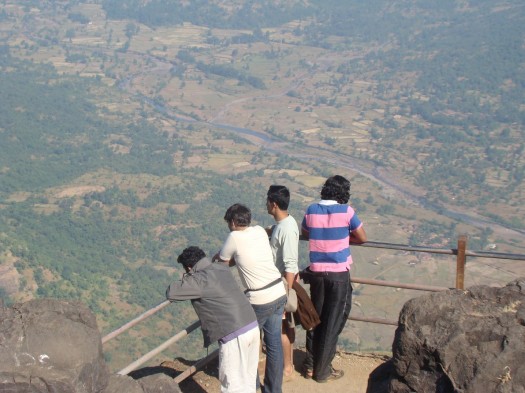











 Twitter Updates
Twitter Updates








So informative.
Nice to hear about the shops that once allowed people to pick up things on horseback. Oh and that execution place sounds scary, also, I can’t imagine the wind carrying somebody over the face of that lofty rock. Gosh! How deep is the drop,Venky?
The drop has to be definitely somewhere close to 2500 feet or so…good enough to kill someone!